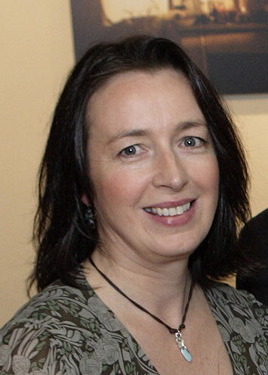 The fifth speaker on our Visiting Speaker Series is Simon Appleby, director of Bookswarm—a digital project agency which specialises in the publishing sector.
The fifth speaker on our Visiting Speaker Series is Simon Appleby, director of Bookswarm—a digital project agency which specialises in the publishing sector.
Simon joined the world of publishing through his self-taught experience and expertise in web development. Originally working for various companies as a project manager in sales, he began teaching himself coding and web creation during the ‘dot com boom’. Working at Lateral, an agency which worked closely with publishers, Simon began to build a strong network within the publishing sector and eventually moved on to Octopus Publishing as Digital Project Manager. There, he became involved in digitally converting print to ebooks and creating apps which acted as digital accompaniments to various print projects. In his spare time, Simon worked in his ‘bat cave’ on creating the online literary magazine BookHugger. Eventually, BookHugger turned into Nudge, a variety of publishing-related websites, and from here, Simon moved on to launch Bookswarm.
Bookswarm offers services such as website design, print design, eBook design, brand creation and development, and author video production to a number of clients including Octopus Publishing Group, Faber, Hodder & Stoughton and Gallic Books.
According to Simon, it is now much easier and cheaper to create websites for digital marketing. Below are some of his tips and tricks for making the most out of digital marketing:
- In digital marketing, the creative idea is more important than the technology used to produce it: start by creating good content rather than simply trying to make something viral. Digital marketing is all about making content compelling for your audience.
- Many digital marketing sites allow content to be embedded in other areas, including the publisher’s own website; it is simple to keep your sites up-to-date by embedding social media feeds.
- It is important to keep up with trends in digital marketing (for example, memes) in order to keep content fresh and appealing.
- Think carefully about how you invite reader engagement. You can’t assume foot-traffic or participation which can create gaping holes where you expected content to be.
- In a multi-device universe, be aware of the limitations of various user platforms; not all devices have keyboards for example. Also, make sure your sites work with different screen sizes.
Simon highlights some of the following sites as easy-to-use digital marketing platforms and includes unique ways to utilise them:
- Twitter— can be used to rejuvenate older content.
- Vine— these six-second clips can be used for fun author/title promotions. For instance, Saraband has used Vines to animate their books covers.
- Videos (e.g. YouTube)— Simon cautioned us about book trailers because you need to put a lot of thought into their content and execution. Plus, you need to make sure it gets lots of foot-traffic, otherwise it is pointless.
- Flickr— a great repository for your visual material.
- SoundCloud— an easy place to put up your audio material.
- Infogr.am— infographics are easy to create and make content visually appealing.
- Creatavist— multi-media project creation and management tool for writers and publishers.
- Reddit— social networking service with various online communities.
Simon, who works with many authors in digital marketing, gives the following advice to publishers for author marketing:
- Be aware of how much your authors want to be involved in online content creation and marketing; some are masters at blogging while others want to be left alone to write their novels.
- You need to be clear whether you are focusing on promoting the author or their title/series.
- An author’s website should extend their brand and meet audience expectations.
In terms of publishers’ own websites, Simon suggests the following:
- First, get a clear idea in your head about what your website’s main function is: is it to sell books? To publicise? Promote? Engage? What?
- Don’t assume your audience is only concerned with your books; engage with lots of different cultural and trade issues that will extend your brand and invite more interest.
- Think about where your content will come from: authors, users, social media, ect.
- Decide whether people can buy products directly from your site or whether you will direct them to other retailers such as Amazon.
Simon’s pathway into publishing not only demonstrates how many diverse roles are needed in publishing, but also shows how essential digital marketing has become in an internet-dominated age. Simon’s message is very positive for those who shy away from technology: there are easy and dynamic ways to engage with digital media and marketing. With great content, you only need to know some online basics to create a fantastic digital marketing campaign.

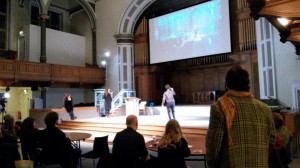
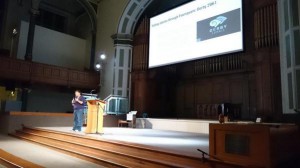
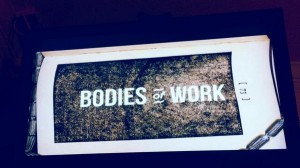
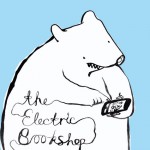 rst, he discussed how the player interacts in the game, how he can control the story and the plot, but also how some games don’t give the player any choices to develop the plot in the game. Regarding the content of a game, he also explained how to create characters that the players can be identified with, how to make it exciting and interesting so the player can work on the development of the character, since he is the one in control of the storyline in the videogame.
rst, he discussed how the player interacts in the game, how he can control the story and the plot, but also how some games don’t give the player any choices to develop the plot in the game. Regarding the content of a game, he also explained how to create characters that the players can be identified with, how to make it exciting and interesting so the player can work on the development of the character, since he is the one in control of the storyline in the videogame.